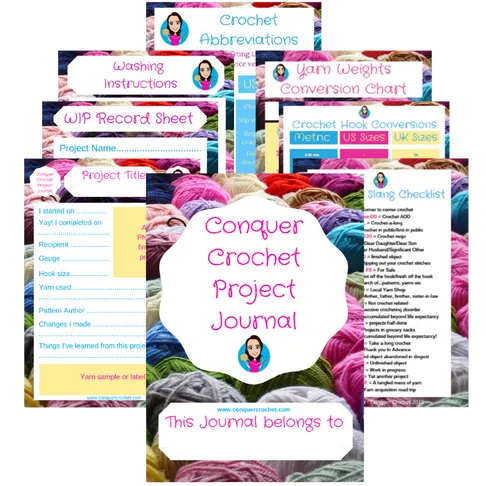Crochet Chronicles
Grab a cuppa and start reading


"The history of crochet: A fascinating journey through time"
“Crochet has morphed from homespun to hot.” - Janet Bennett Kelly
Crochet is an intricate and fascinating craft that has been around for centuries. Its history is a journey through time that reveals the evolution of this art form and its various uses. In this blog post, we will explore the history of crochet, from its earliest origins to its modern-day applications.
Origins of Crochet
The origins of crochet are somewhat mysterious, but it is believed to have originated in South America, specifically in the Andes mountains. The technique of knotting and looping yarn or thread was likely used by the indigenous people of the region for practical purposes such as making fishing nets or clothing.
Some have claimed that Shepherd's knitting, sometimes called shepherd's stitch is similar to crochet and that crochet may have its origins there. Sheppard's knitting is a traditional knitting technique that originated in the Scottish Highlands centuries ago. The technique involves using only one knitting needle and the knitter's fingers to create a simple and sturdy fabric that was well-suited to the rough and tumble lifestyle of the Scottish shepherds. The fabric created is very similar to that of slip stitches in crochet. This technique was commonly used to create warm and durable socks, mittens, and other items of clothing that were essential for surviving the harsh winters of the Highlands.
In Europe, crochet first appeared in the 16th century, as an offshoot of another needlecraft called lace-making. Crochet hooks were originally made of bone or ivory and were used to create intricate lace patterns.
Crochet in the 19th Century

Crochet gained popularity in the 19th century, especially in Europe, where it became a fashionable pastime among upper-class women. The craft was used to create delicate lace collars, cuffs, and trim for clothing, as well as decorative items such as doilies, table runners, and bedspreads.
During this time, crochet patterns began to be published in magazines and books, and crochet hooks were mass-produced, making the craft more accessible to a wider audience.
Crochet in the 20th Century
In the early 20th century, crochet continued to be a popular craft, but its uses expanded beyond fashion and home decor. During World War I, crochet was used to create warm clothing and blankets for soldiers. In the 1920s and 1930s, crochet patterns for toys, hats, and other accessories became popular.

In the 1960s and 1970s, crochet experienced a resurgence in popularity, as the hippie and bohemian movements embraced the craft. Crochet was used to create colorful, textured clothing and accessories, as well as home decor items such as plant hangers and wall hangings.
Today, crochet remains a popular craft, with a wide range of applications. In addition to fashion and home decor, crochet is used to create art, jewellery, and even large-scale installations. Some artists, such as Jo Hamilton, are using free form crochet to create amazing works of art.
The history of crochet is a fascinating journey through time, revealing the evolution of this versatile and intricate craft. From its humble origins in South America to its fashionable heyday in 19th-century Europe, and its modern-day applications in art and design, crochet continues to captivate and inspire people around the world. Whether you are a beginner or an experienced crocheter, this craft offers endless possibilities for creativity and self-expression.
Happy hooking
Love
Karen x

FREE DOWNLOAD
The Conquer Crochet Project Folder Inserts
From Wip to finished project records, Crochet terms to washing instructions, the Conquer Crochet Project Folder inserts will help to keep you on track and conquering crochet.
© Copyright 2025 Conquer Crochet

